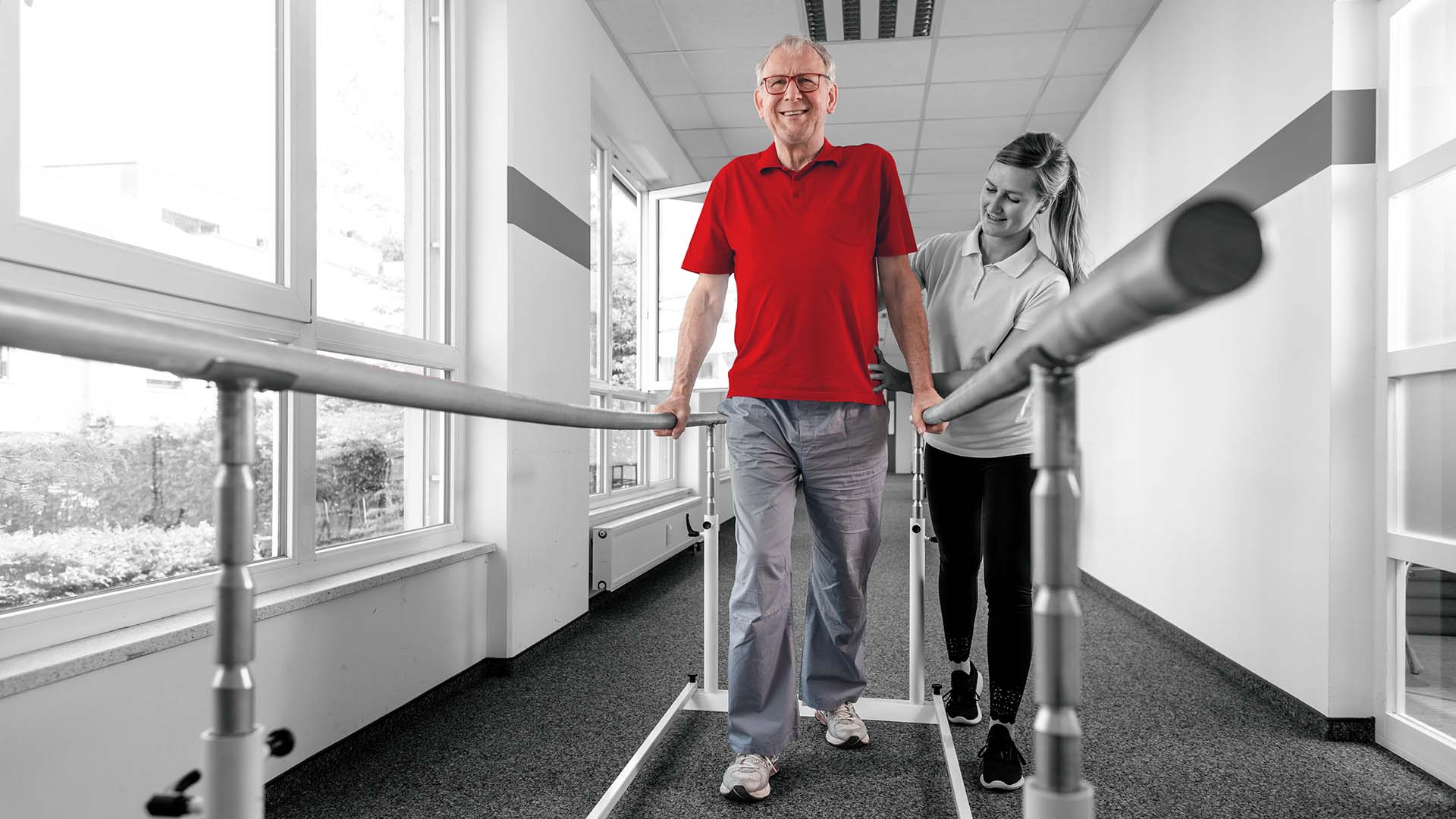Among the many things that Parkinson’s impacts are speech, voice, language, thinking, and swallowing. As you can imagine, those are some pretty big changes to have to deal with. To put it bluntly, PD can make it harder for you to be understood, enjoy meals safely, and stay connected with others.
That’s where speech therapy and speech-language pathologists (SLPs) become essential.
These professionals are specially trained to help people with Parkinson’s maintain communication and swallowing skills as the disease progresses. They’ll work with you and your family using person- and family-centered care models, making sure the tools they give you fit your unique needs, values, and daily life.
In other words, working with an SLP is pretty important.
Here’s what you should know about how speech-language pathologists help and how you can make the most of that relationship.
Your Speech-Language Pathologist’s Roles and Responsibilities in Helping You Deal with Parkinson’s
Generally, SLPs evaluate how Parkinson’s affects your voice, speech clarity, language, cognition, and swallowing. They design personalized plans to help you communicate clearly, swallow safely, and stay engaged.
These plans often include:
- Voice therapy to improve loudness and pitch control (e.g., LSVT LOUD®).
- Speech exercises to slow speech rate and improve articulation.
- Cognitive-communication support for memory and attention challenges.
- Swallowing strategies to reduce choking and aspiration risk.
- Training on augmentative and alternative communication (AAC) when needed.
- Education and support for caregivers to aid communication and swallowing safety.
They’ll not only work with you during sessions, but also teach you how to practice at home, while regularly checking your progress and updating your plan.
How Often Can You Expect to See Your Speech-Language Pathologist?
While your own frequency of visits will depend on your symptoms, disease stage, and goals, here are some general guidelines:
Early Stage (Newly Diagnosed or Mild Symptoms)
Evaluation Frequency. 1–2 times per year for baseline assessments.
Visit Frequency. Periodic sessions (e.g., weekly for 4–6 weeks) to learn exercises and preventive strategies.
The goal is to delay the progression of your symptoms, promote independence, and educate you on communication care.
Mid-Stage (Noticeable Speech, Voice, or Swallowing Changes)
Visit Frequency. 1–2 times per week for several weeks or months.
Reassessment. Every 3–6 months or as symptoms evolve.
At this stage, the goal is to maintain speech clarity, ensure safe swallowing, and get your caregivers more involved.
Late Stage (Severe Communication or Swallowing Challenges)
Visit Frequency. More intensive therapy (e.g., 2–3 times per week) may be needed.
During late-stage Parkinson’s, the goal is to use Augmentative and Alternative Communication (AAC) as needed, ensure safe feeding, and support the emotional wellbeing of both you and your caregivers.
Post-Hospitalization or Major Change in Condition
Visit Frequency. Short-term intensive therapy to restore communication and swallowing function.
After illness, injury, or surgery, the goal is rehabilitation.
Ongoing Home Exercise & Follow-Up
With speech therapy, daily home practice is key. Your SLP will give you exercises and strategies tailored to your needs and schedule follow-up visits every 3–6 months to help adjust your program as your symptoms change.
What Can You Expect from a Typical Speech Therapy Session?
A normal session should address your speech, voice, cognitive-communication, and swallowing needs to improve your safety and quality of life.
Here’s what usually happens:
Baseline Check-In
- Review the timing of your medication to match therapy with your best “on” times.
- Discuss recent changes in speech, swallowing, or fatigue.
Speech and Voice Training
- Loudness exercises (e.g., LSVT LOUD®) to strengthen your voice.
- Articulation drills to improve clarity.
- Breathing exercises to support speech.
Swallowing Support
- Safe swallow techniques and diet adjustments if needed.
Cognitive-Communication Work
- Memory and attention exercises to support daily communication.
Caregiver Training
- Your SLP will teach strategies to support communication and swallowing safety at home.
What Are Some Good Parkinson’s-related Questions to Ask Your SLP?
A few useful questions to ask include:
- What exercises best fit my current stage of Parkinson’s?
- How can I reduce communication breakdowns or swallowing risks at home?
- What should I do if my speech worsens suddenly or I feel fatigued?
- How does medication timing affect my therapy outcomes?
- When should I consider augmentative communication devices?
- How will you measure my progress?
What Tests Can I Expect from My Speech-Language Pathologist?
To monitor how you’re functioning and guide your therapy, your SLP might use:
- Voice Handicap Index (VHI) to assess the impact of voice problems.
- Speech intelligibility tests to see how clearly you’re understood.
- Maximum phonation time to check breath support.
- Swallowing studies (e.g., videofluoroscopy) to evaluate safety.
- Cognitive-communication screening to assess memory and attention.
The Bottom Line
Speech therapy is a powerful tool to help you stay connected, understood, and safe while eating. Using person- and family-centered care and shared decision-making, SLPs create therapy plans designed to respect your goals, values, and lifestyle.
Regular sessions and daily practice can improve your voice, speech clarity, and swallowing safety. When you work with the right speech-language pathologist, they become a vital partner in your care, helping you adapt and communicate throughout your Parkinson’s journey.




